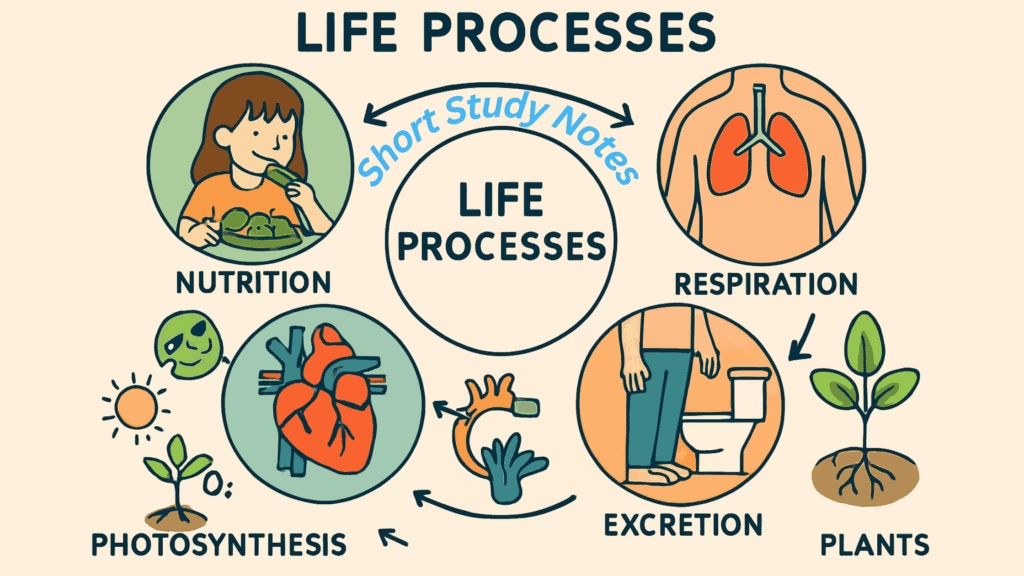The “Flow Chart Chemical Reactions And Equations Class 10” is based on chapter 1 chemistry class 10 science textbook.
The Flowchart will best work if you have done this two things first:
- Reading NCERT textbook throughly for more than 10 to 15 times
- Learned the Short Notes from our side.
- Have mastered the MCQs on the same chapter created by us .
Introduction: Chemical Reactions And Equations
Flow Chart Description:
Signs of a chemical reaction:
• Change in state
• Change in colour
• Gas evolved
• Temperature change
Chemical equation (word form):
Reactant 1 + Reactant 2 → Product
Structure:
• LHS: Reactants (joined by +)
• Arrow (→): Direction of reaction
• RHS: Products (joined by +)
Example: Magnesium + Oxygen → Magnesium oxide


CHEMICAL EQUATIONS


Writing a Chemical Equation
Flow Chart Description:
Chemical Formulae Method:
Uses symbols/formulae instead of words (e.g., Mg + O₂ → MgO).
Skeletal (Unbalanced) Equation:
• Atom counts differ on LHS and RHS
• Violates Law of Conservation of Mass
• Example: Mg + O₂ → MgO
Checking Balance:
Compare atom counts for each element on LHS vs. RHS.
→ Equal = Balanced
→ Unequal = Unbalanced
Balanced Equation:
• Atoms of each element equal on both sides
• Follows Law of Conservation of Mass: mass of reactants = mass of products


Balanced Chemical Equations



TYPES OF CHEMICAL REACTIONS
Flow Chart Description:
Core Principles of Chemical Reactions:
• Atoms do not change from one element to another
• Atoms are neither created nor destroyed
• Reactions involve breaking old bonds and forming new ones to create new substances
Combination Reaction
Flow Chart Description:
Combination Reaction
• Definition: Two or more reactants combine to form one product
• General form: A + B → AB
Examples:
• CaO + H₂O → Ca(OH)₂ + Heat
• C + O₂ → CO₂
• 2H₂ + O₂ → 2H₂O
Exothermic Reaction
• Definition: Heat is released during product formation
• Observation: Reaction mixture becomes warm
CH₄(g) + 2O₂(g) → CO₂(g) + 2H₂O(g)
C₆H₁₂O₆(aq) + 6O₂(aq) → 6CO₂(aq) + 6H₂O(l) + energy
(Glucose)


Decomposition Reaction
Flow Chart Description:
Decomposition Reaction
Definition: One reactant breaks down into two or more simpler products
General form: AB → A + B
Types & Examples:
1. Thermal Decomposition (by heat):
• 2FeSO₄ → Fe₂O₃ + SO₂ + SO₃
• CaCO₃ → CaO + CO₂
• 2Pb(NO₃)₂ → 2PbO + 4NO₂ + O₂ (brown fumes)
2. Photodecomposition (by light):
• 2AgCl → 2Ag + Cl₂ (white → grey)
• 2AgBr → 2Ag + Br₂ (used in black & white photography)
Endothermic Reaction
• Energy (heat, light, or electricity) is absorbed
• Most decomposition reactions are endothermic



Displacement Reaction
Flow Chart Description:
Displacement Reaction
• Definition: A more reactive element replaces a less reactive one in its compound
Examples:
• Fe + CuSO₄ → FeSO₄ + Cu (iron nail turns brown; blue colour fades)
• Zn + CuSO₄ → ZnSO₄ + Cu
• Pb + CuCl₂ → PbCl₂ + Cu
Reactivity Insight:
Zinc and lead are more reactive than copper, so they displace it from its compounds

Double Displacement Reaction
Flow Chart Description:
Double Displacement Reaction
• Definition: Ions swap partners between two compounds
Precipitation Reaction
• A type of double displacement that forms an insoluble solid (precipitate)
Example:
Na₂SO₄(aq) + BaCl₂(aq) → BaSO₄(s)↓ + 2NaCl(aq)
• White precipitate of BaSO₄ forms due to SO₄²⁻ + Ba²⁺
• NaCl remains dissolved in solution

Oxidation and Reduction
Flow Chart Description:
Oxidation
• Gain of oxygen
• Loss of hydrogen
Reduction
• Loss of oxygen
• Gain of hydrogen
Redox Reaction
• Oxidation and reduction occur together
• One substance is oxidized, another is reduced
Examples:
• 2Cu + O₂ → 2CuO
– Cu gains O → oxidized
• CuO + H₂ → Cu + H₂O
– CuO loses O → reduced
– H₂ gains O → oxidized
• ZnO + C → Zn + CO
– ZnO loses O → reduced
– C gains O → oxidized

Corrosion
Flow Chart Description:
Corrosion
• Definition: Gradual destruction of metals by reaction with moisture, air, or acids
Examples:
• Iron → reddish-brown rust
• Copper → green coating
• Silver → black tarnish
Impact:
• Damages cars, bridges, ships, and iron structures
• Costly—leads to huge expenses for repair/replacement
• Especially severe for iron

Rancidity
Flow Chart Description:
Rancidity
• Definition: Oxidation of fats/oils → unpleasant smell & taste
Prevention Methods:
• Add antioxidants
• Store in airtight containers
• Flush with nitrogen gas (e.g., in chip packets)







